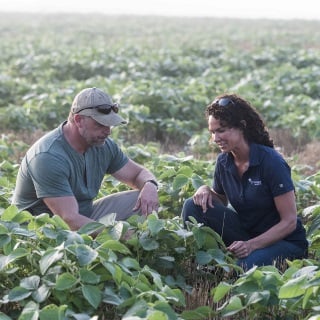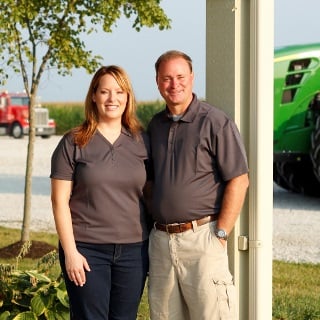Do you leave all of your financial planning to the winter months? If so, you may be missing opportunities to ensure your operation’s success. Summer is an important time to assess your operation’s financial picture, look at pre-harvest inputs, ROI and take stock of pest and weather pressures. Here are three financial measures to assess during the busy summer months:
At the beginning of summer, reassess your breakeven cost of production. The breakeven point you calculated in December has probably changed.
Row crop margins can be so tight that any small change to the market, positive or negative, or input cost is detrimental to the bottom line. From pre-planting to post-harvest, you need to continually reassess your breakeven points to know where prices need to be in order to secure a profit.
Once you’ve reassessed your breakeven, determine how much margin is available for value-added inputs to increase yields, and fend off pests and weeds.
On June 1, you don’t know what is going to happen with weeds and pests, but you can budget. You can also use data to gain a better understanding of your land’s productivity and weak spots. This will help you make calculated, informed decisions about applying value-added products for increased yield, whether it’s pest control, fungicide or nitrogen.
Making these decisions is all about risk versus reward. Do you have the financial capacity to put that investment into the crop? If you invest $15 of fungicide per acre, are you reasonably confident that you will get at least $15 in profit from that application?
Remember, every farm is unique. You need to assess the capabilities of your land, and which resources will help produce the most profitable crop. Minimize hope in the planning process. At the end of the day, growing the best crop from a dollars-and-cents standpoint is how you make a profit.
Estimate your taxable income through the end of the year.
To avoid being hit with an unexpected income tax bill, you should estimate cash-flow of your income and expenses for the remainder of the year. Will you need to sell more grain to pay bills than you have in the past? If so, that could increase your tax liability.
A cash flow statement along with your profit and loss calculations will allow you to project potential tax payments and avoid making rash decisions at the end of the year to mitigate taxes. Remember, preparation provides a clearer path to profit.
When assessing any financial measure on your farm—whether it’s December or July—it’s important to keep an open conversation with your lender and your financial advisor to ensure you are taking advantage of any opportunities and discussing any challenges. They are best equipped to answer any questions you have along the way.






